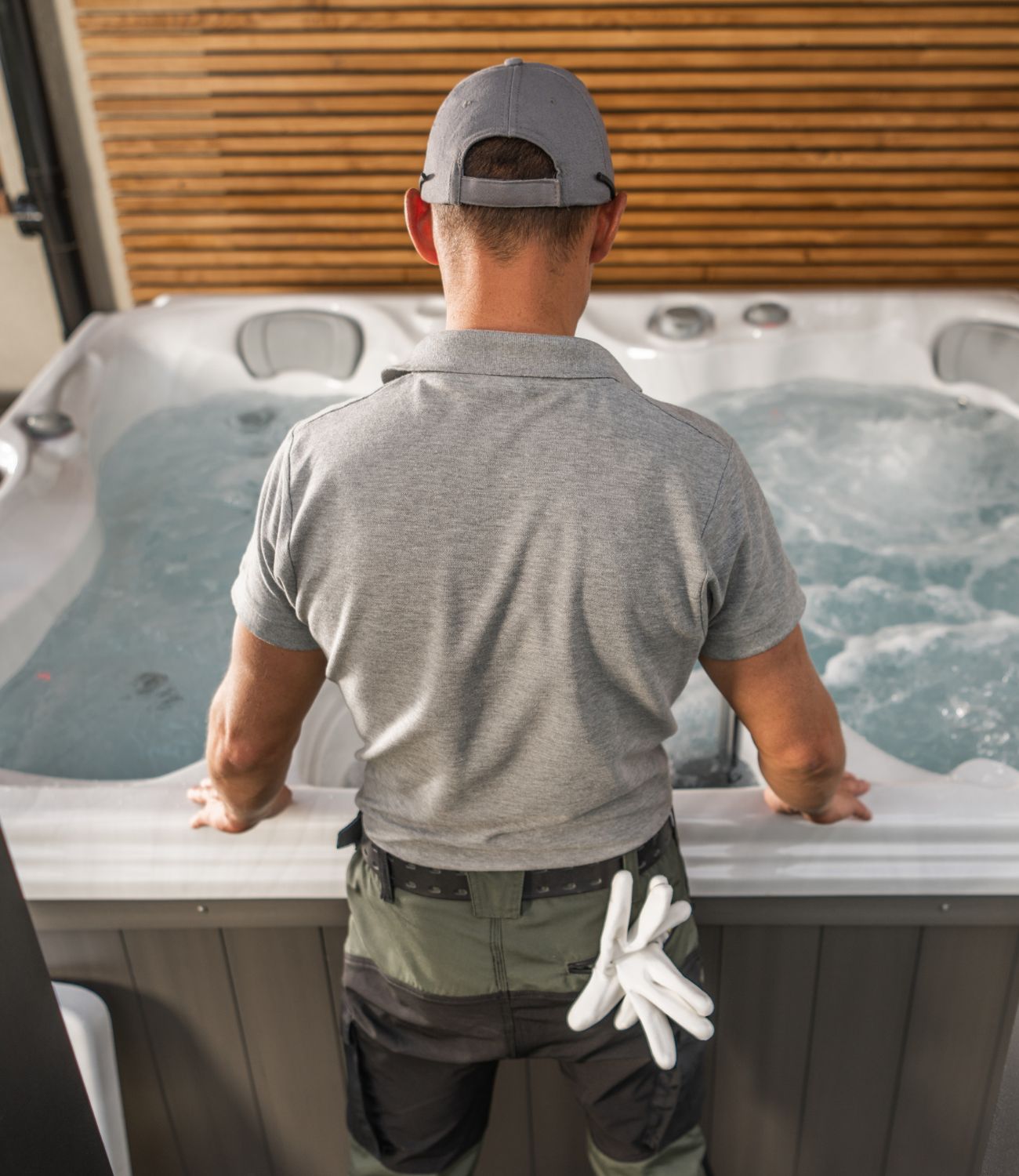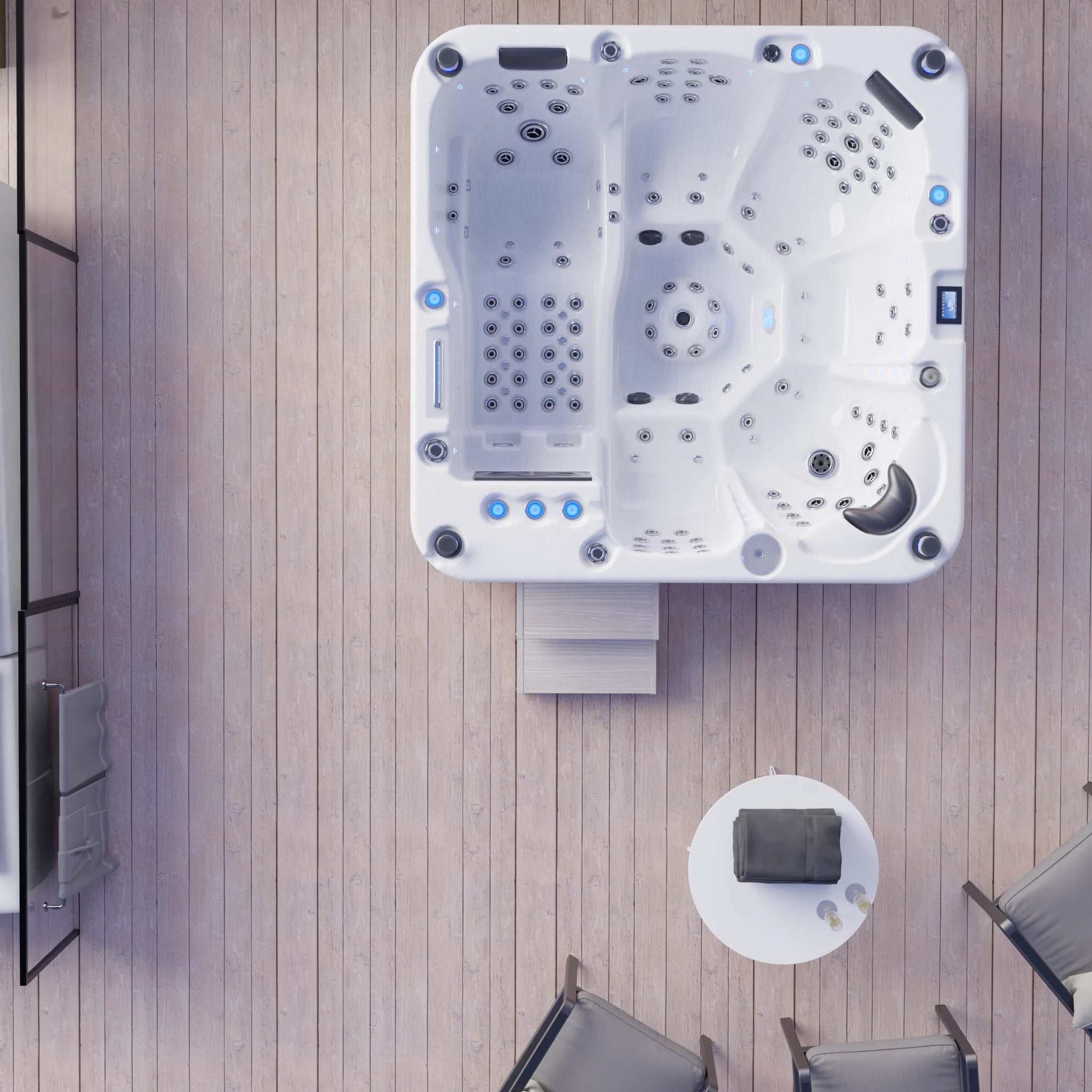Simulate your electricity consumption on the model you want:
When you were prospecting and gathering information from our colleagues to assess the consumption of their product, did they ask you the right questions?
Will your spa be installed in Lille or Marseille? You'll easily understand that the geographical location inevitably impacts your electricity consumption. To properly heat the water in your spa or jacuzzi and understand the real cost, ask yourself several questions:
What will your water temperature be?
How many sessions per week?
And finally, what is the price of your kWh?
Yes, because a person who pays 10 cents for their kWh, and the other 18 cents, will no longer have the same result on the last line of their electricity bill.
So? Have you been asked all these questions? No?
The estimate is therefore necessarily distorted and often well below the real cost of the Spa or Jacuzzi in view.
When you were prospecting and gathering information from our colleagues to assess the consumption of their product, did they ask you the right questions?
Will your spa be installed in Lille or Marseille? You'll easily understand that the geographical location inevitably impacts your electricity consumption. To properly heat the water in your spa or jacuzzi and understand the real cost, ask yourself several questions:
What will your water temperature be?
How many sessions per week?
And finally, what is the price of your kWh?
Yes, because a person who pays 10 cents for their kWh, and the other 18 cents, will no longer have the same result on the last line of their electricity bill.
So? Have you been asked all these questions? No?
The estimate is therefore necessarily distorted and often well below the real cost of the Spa or Jacuzzi in view.
Our system allows us to perfectly calculate the consumption of an outdoor spa based on the model, the geographical location and the price of your kWh.
*Our simulation includes 3 sessions per week lasting 20 minutes and water heated all year round to 35°C.
This is a simulation with very, very regular use with an average of 150 sessions per year.
Heating your spa to 28°C in the summer and doing 100 sessions per year will undoubtedly reduce the forecasts indicated in our simulation.
We hope to have been as accurate as possible, however if you have any questions regarding these figures, please contact us by email or telephone.

Energy consumption is an important factor to consider when installing a spa in your home.
Yes, electricity is required to operate the spa. If you don't have it, you won't be able to enjoy the bubbles in the tub. And don't forget extras like chromotherapy, aromatherapy, music therapy, filtering the water, running the hydromassage jets, and, most importantly, having hot water available all year round. Therefore, it's best to minimize your spa's energy consumption to reduce your electricity bills.

Energy consumption is an important factor to consider when installing a spa in your home.
Yes, electricity is required to operate the spa. If you don't have it, you won't be able to enjoy the bubbles in the tub. And don't forget extras like chromotherapy, aromatherapy, music therapy, filtering the water, running the hydromassage jets, and, most importantly, having hot water available all year round. Therefore, it's best to minimize your spa's energy consumption to reduce your electricity bills.
4 tips to reduce the consumption of your outdoor spa
1. Explanation of spa consumption
People who bought hot tubs without thinking about their energy consumption understand their high initial electricity bills, especially if you use the hot tub in the winter.
Studies show that a four-person spa consumes between 2,500 and 7,500 kWh of electricity per year. For comparison: a house without an electric heater
consumes approximately 3500 kWh per year. We therefore understand that improper use of spas can be a real financial trap and a real ecological problem.
Obviously, large spas consume more energy than small spas. It's also important to know that built-in or semi-built-in spas consume less energy than above-ground spas (whose components are insulated). This applies equally to indoor and outdoor spas . Add to this regular use of the spa, water temperature, and maintenance.
Result :
If you are looking for an energy-efficient model, choose a built-in indoor jacuzzi with an ideal water temperature (neither too hot nor too cold).

4 tips to reduce the consumption of your outdoor spa
1. Explanation of spa consumption
People who bought hot tubs without thinking about their energy consumption understand their high initial electricity bills, especially if you use the hot tub in the winter.
Studies show that a four-person spa consumes between 2,500 and 7,500 kWh of electricity per year. For comparison: a house without an electric heater
consumes approximately 3500 kWh per year. We therefore understand that improper use of spas can be a real financial trap and a real ecological problem.
Obviously, large spas consume more energy than small spas. It's also important to know that built-in or semi-built-in spas consume less energy than above-ground spas (whose components are insulated). This applies equally to indoor and outdoor spas . Add to this regular use of the spa, water temperature, and maintenance.
Result :
If you are looking for an energy-efficient model, choose a built-in indoor jacuzzi with an ideal water temperature (neither too hot nor too cold).

PLEASE NOTE: At Quality Spa, we take this energy issue very seriously. That's why we develop low-energy spas.
You have already chosen a spa or need advice on how to optimize the energy consumption of your device, choose a spa that is excellent in insulation.
Why? To better store water heat between sessions and avoid long warm-up times before each swim. When adding insulation, we recommend aluminum foam insulation that fits into the panels.
2. Maintain your spa regularly and monitor your filters.
In fact, a lower filtration capacity requires more effort on the filtration pump.
3. Increase the water temperature intelligently.
Instead of turning off the heater after each use, it is recommended to keep the water hot.
Reason :
Like a heat pump that has to heat a cold environment, the pump will consume much more energy than a heater that runs continuously.
Keep the water temperature at 25°/30° as much as possible when the spa is not in use and heat the water to 35-37° just before bathing.
4. Equip yourself with a good thermal blanket.
Outdoor water cools quickly, whether in summer or winter. Heat loss is slower with this type of element.